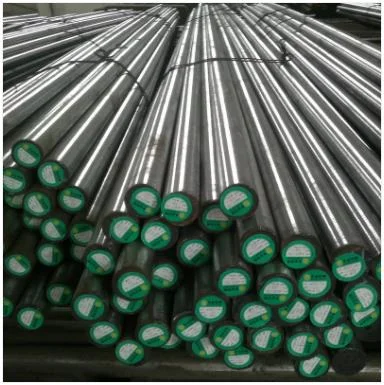The article introduces the main points of making stainless steel bars. Mastering these points can reduce the corrosion of stainless steel bars.
Today Huiyingsteel, a supplier of stainless steel bars, will introduce the main points of making stainless steel bars. Mastering these points can help stainless steel bars reduce corrosion.
What is stainless steel bar?
Stainless steel bar (Stainless Steel Bar) refers to a steel bar that is resistant to corrosion by weak corrosive media such as air, steam, or water, and chemically corrosive media such as acid, alkali, and salt. It is also called a stainless acid-resistant steel bar.
Key points for making stainless steel bars
1. The production of stainless steel bars is often carried out in places with dust, and there is often a lot of dust in the air, which constantly falls on the surface of the equipment. They can be removed with water or alkaline solutions.
2. However, the dirt with adhesion needs to be cleaned by high-pressure water or steam. On any surface, free iron will rust and cause corrosion of stainless steel rods. Therefore, it must be cleared. The floating powder can generally be removed together with the dust.
3. Some have strong adhesion and must be treated as embedded iron. In addition to dust, there are many sources of iron on the surface of stainless steel bars, including cleaning with ordinary carbon steel wire brushes and shot blasting with sand, glass beads, or other abrasives that have previously been used on ordinary carbon steel, low alloy steel or cast iron. Treatment, or grinding of the aforementioned non-stainless steel products in the vicinity of stainless steel components and equipment.

4. If no protective measures are taken for stainless steel bars during the process of blanking or hoisting, the iron on the wire rope, hoisting gear, and working table are easily embedded or stain the surface.
5. If stainless steel is heated to a certain high temperature in the air during welding or grinding of stainless steel rods, chromium oxide thermal tempering color will appear on both sides of the weld, the lower surface, and the bottom of the weld.
6. The thermal tempering color is thinner than the oxidation protective film, and it is clearly visible. Stainless steel rod color depends on the thickness and can range from iridescent, blue, and purple to yellowish and brown. Thicker oxides are generally black.
7. It is caused by staying at a high temperature or at a higher altitude for a long time. When any of these oxide layers are present, the chromium content on the surface of the stainless steel bar is reduced, resulting in reduced corrosion resistance in these areas.
8. In this case, not only should the thermal tempering color and other oxide layers of stainless steel bars be eliminated, but also the chromium-poor metal layer below them should be cleaned.
The above is all the content brought to you by Huiyingsteel, a manufacturer of stainless steel bars. If you want to get more information about stainless steel bars, please click below:
Do you know the chemical identification method for stainless steel bars?
Stainless steel bar series products and their characteristics
